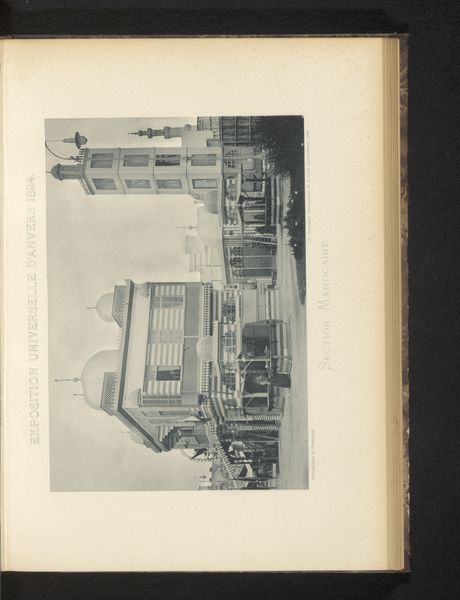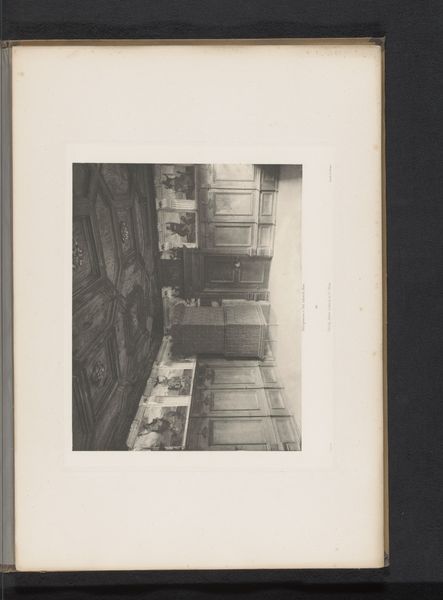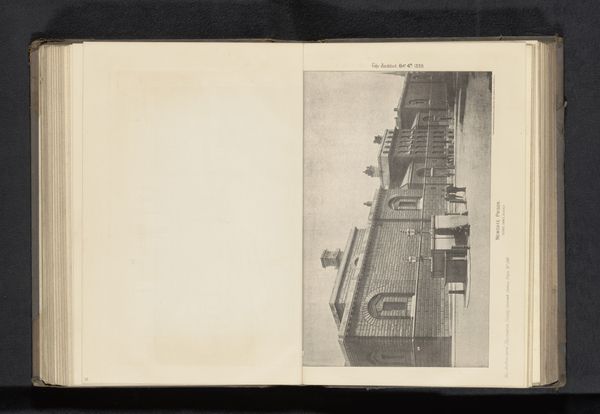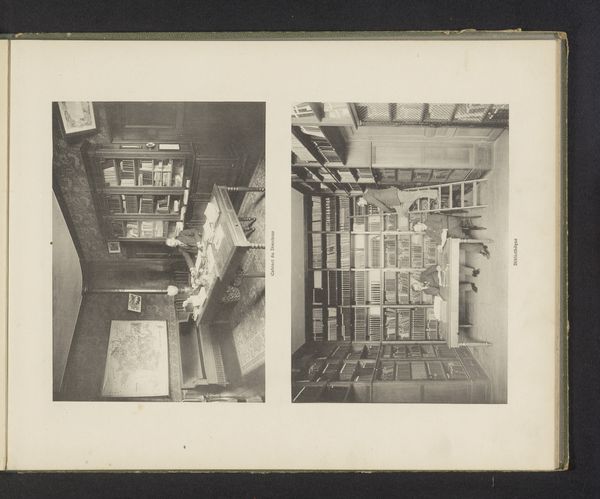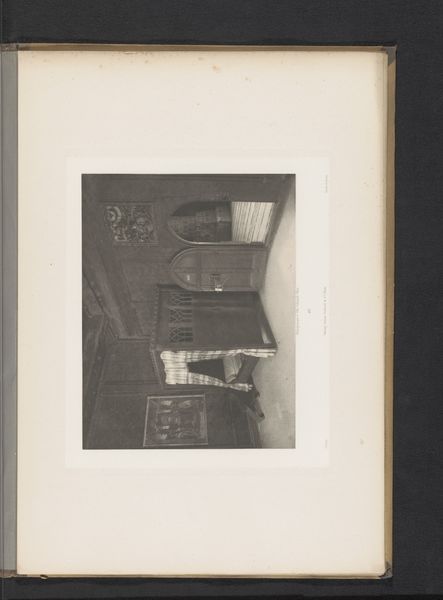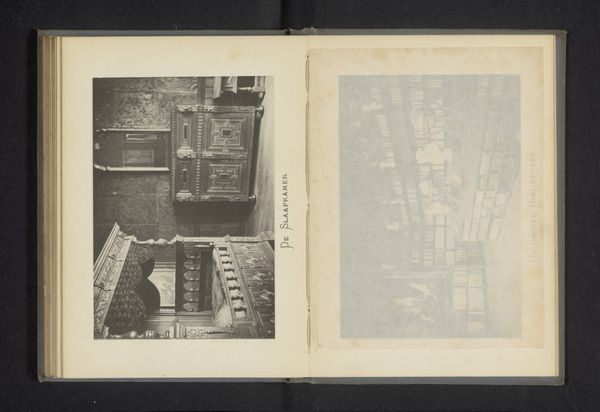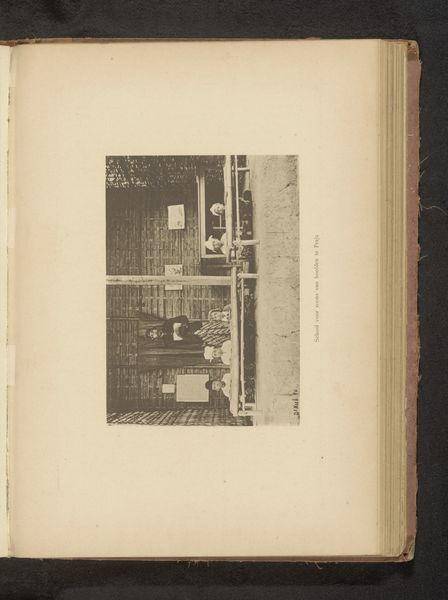
Gezicht op het interieur van het laboratorium en een gezicht op een kas van de École Nationale Superieure d'Horticulture in Versailles, Frankrijk before 1900
0:00
0:00
print, photography
#
still-life-photography
# print
#
landscape
#
photography
#
cityscape
#
academic-art
#
realism
Dimensions: height 307 mm, width 241 mm
Copyright: Rijks Museum: Open Domain
Editor: Here we have a photographic print, taken before 1900, presenting a view of both the laboratory interior and a greenhouse at the École Nationale Supérieure d'Horticulture in Versailles. There’s almost a ghostly stillness to the scenes, despite the suggestion of scientific activity. What stands out to you in this historical image? Curator: The diptych format is compelling; it positions interiority and exteriority in dialogue, hinting at the reciprocal relationship between scientific research and its physical application within broader social and political structures. The images implicitly invoke class structures through labor divisions, in the seemingly separate worlds of scientific research and horticultural production. The scientist, likely male and privileged, works inside, while the laborer tends to the greenhouse outside. Does this segregation resonate with any contemporary discussions? Editor: That division is something I hadn't considered explicitly, but the very architecture suggests exclusion. It feels relevant to current discussions around elitism in scientific and academic spaces, who gets to access those spaces, and whose labor is valued. How does photography, as a medium, play into this narrative? Curator: The objective quality associated with photography reinforces an air of scientific authority but also reveals the often-overlooked labor and social stratifications inherent in institutions of higher learning. Early photography, especially in academia, often served to document and categorize, reinforcing existing power structures by making certain people and activities visible while obscuring others. Doesn't this photograph subtly yet powerfully mirror that phenomenon? Editor: It absolutely does. I initially saw the photograph as a neutral record, but now I see it as evidence, bearing witness to social divisions. Curator: Exactly. By acknowledging photography's inherent biases and exploring the socio-political conditions framing the scene, we disrupt passive viewing, shifting to a more critically engaged perspective. Editor: That’s given me so much to think about. I'll never look at early photography the same way again. Curator: Hopefully, you'll recognize its capacity to reveal unseen and unheard elements within established orders.
Comments
No comments
Be the first to comment and join the conversation on the ultimate creative platform.


